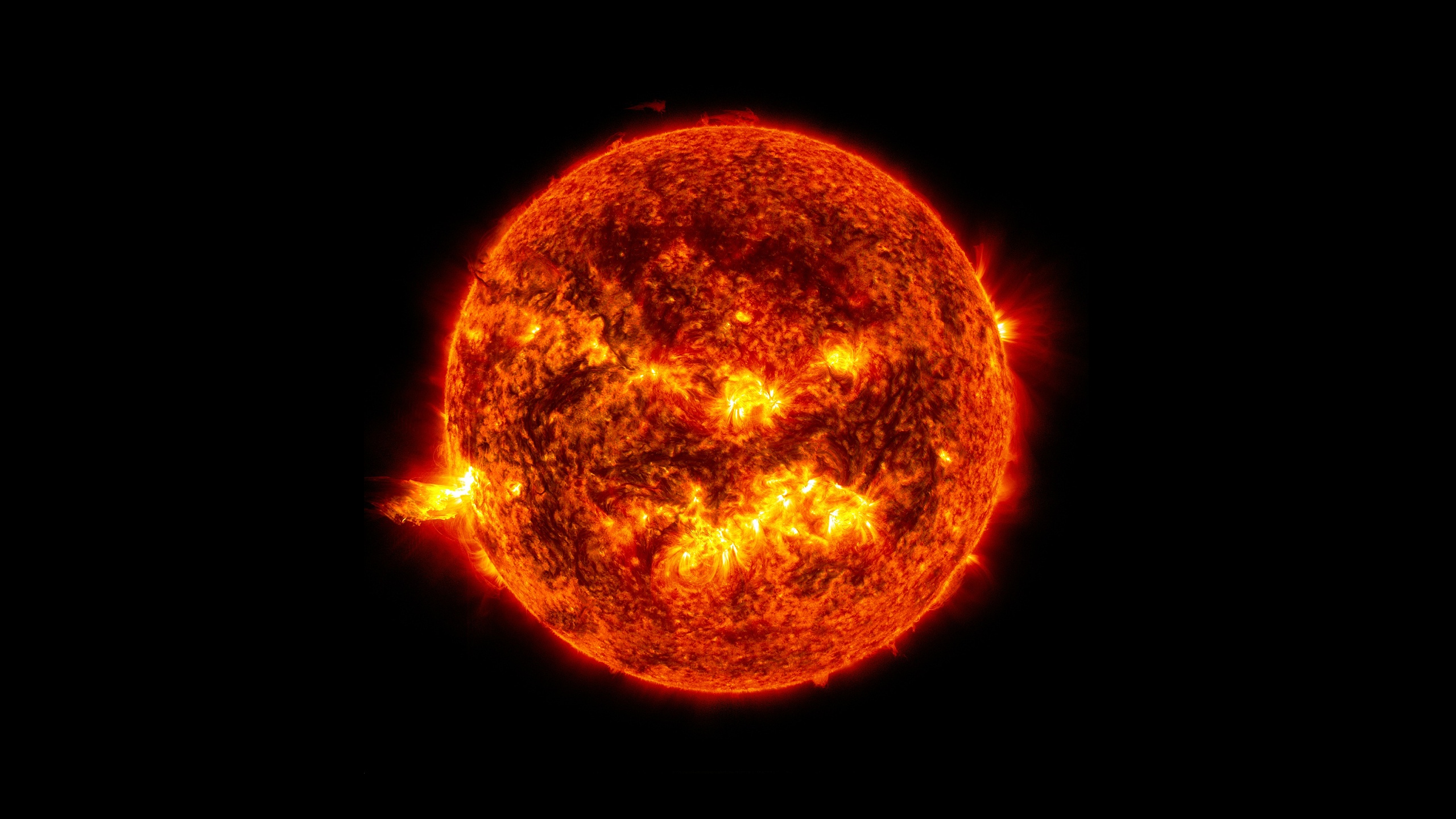How big is Stephenson 2-18, the largest known star in 2022?
Stephenson 2-18 is a supergiant red star located in the constellation Scutum, ≈18,900 light-years from Earth. Because of its size, it may even belong to the category of red hypergiant stars in the Hertzsprung-Russell diagram.
While Earth has an average diameter of ≈12,742.02 kilometers, Stephenson 2-18’s diameter is estimated to be ≈3,003,000,000 km or ≈74,934.47 Earths threaded. Or, ≈2,158.88 Suns threaded with an average diameter of ≈1,391,000 km each. Or ≈1,687,000,000,000 Chuck Norris standing on top of each other measuring 1.78 meters (1.687 trillion corresponds to ≈5.6 × the number of stars in our galaxy, ≈300,000,000,000).
The equatorial circumference of our planet is ≈40,075,02 km, which takes light ≈0.13367587 seconds to circle it (speed of light: ≈299,792 km/s or 1,079,000,000 km/h). The equatorial circumference of the Sun is ≈4,371,000 km or a travel time of ≈14.58 seconds for light. However, the equatorial circumference of Stephenson 2-18 is ≈9.43×10^9 or ≈9,430,000,000 kilometers, for which light needs ≈8 hours 44 minutes 15.09 seconds. A Tinder chat between the North and South Poles would be akin to a test of patience.
The average cruising speed of an Airbus A380 is ≈945 km/h, making it circle the Earth’s equator in ≈42.41 hours (at ground level) and circle the Sun’s equator in ≈4,625.40 hours or 192.72 days. At the same speed, a flight around Stephenson 2-18’s equator would take an A380 about ≈9,978,835.98 hours or ≈1,139.14 years. To stick with silly comparisons: The typical human walking speed is ≈4 km/h. In this regard, it would take a human ≈2,357,500,000 hours or ≈269,121 years to complete a single walk around Stephenson 2-18 (without a break). At the same time, ≈9,618 human generations would have lived, with one generation followed by a new one every ≈27.98 years on average.
Or short: Stephenson 2-18 is huge. Big. Gigantic. Supercalifragilisticexpialidocious.
And the above comparisons deeply amateurish.
Hero image: Sun Emits a Solstice CME by NASA Image and Video Library.


One comment
Why would you write a good, informative piece, giving me exactly what I was looking for (and I’m sure what other people are looking for) and then disqualify it at the end by calling the comparisons you made “deeply amateurish”? Don’t talk down your own work. The piece was cool and that one sentence makes it uncool. Have some confidence – the information was fun to learn.
Please delete that sentence.
Reply article Reply answer